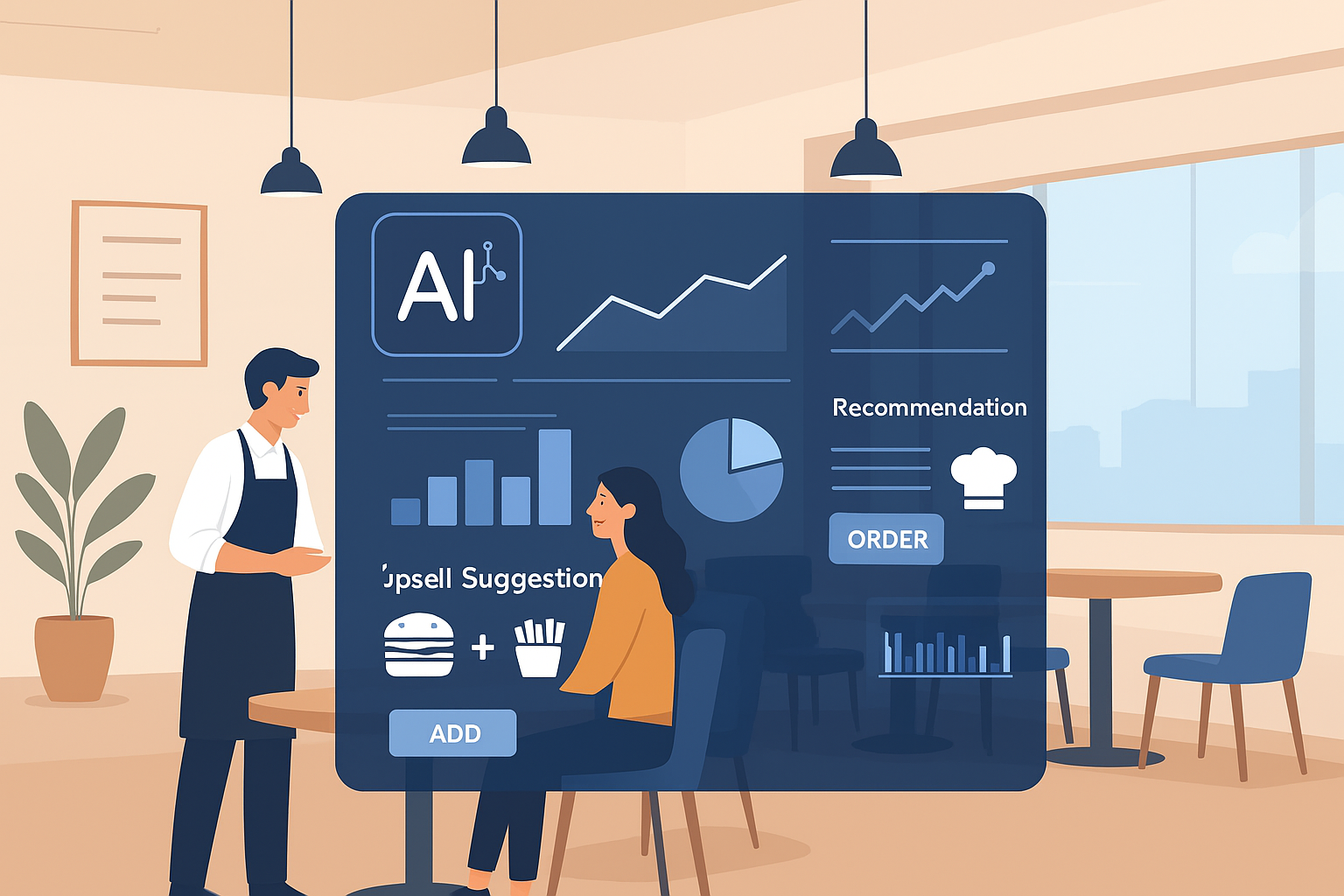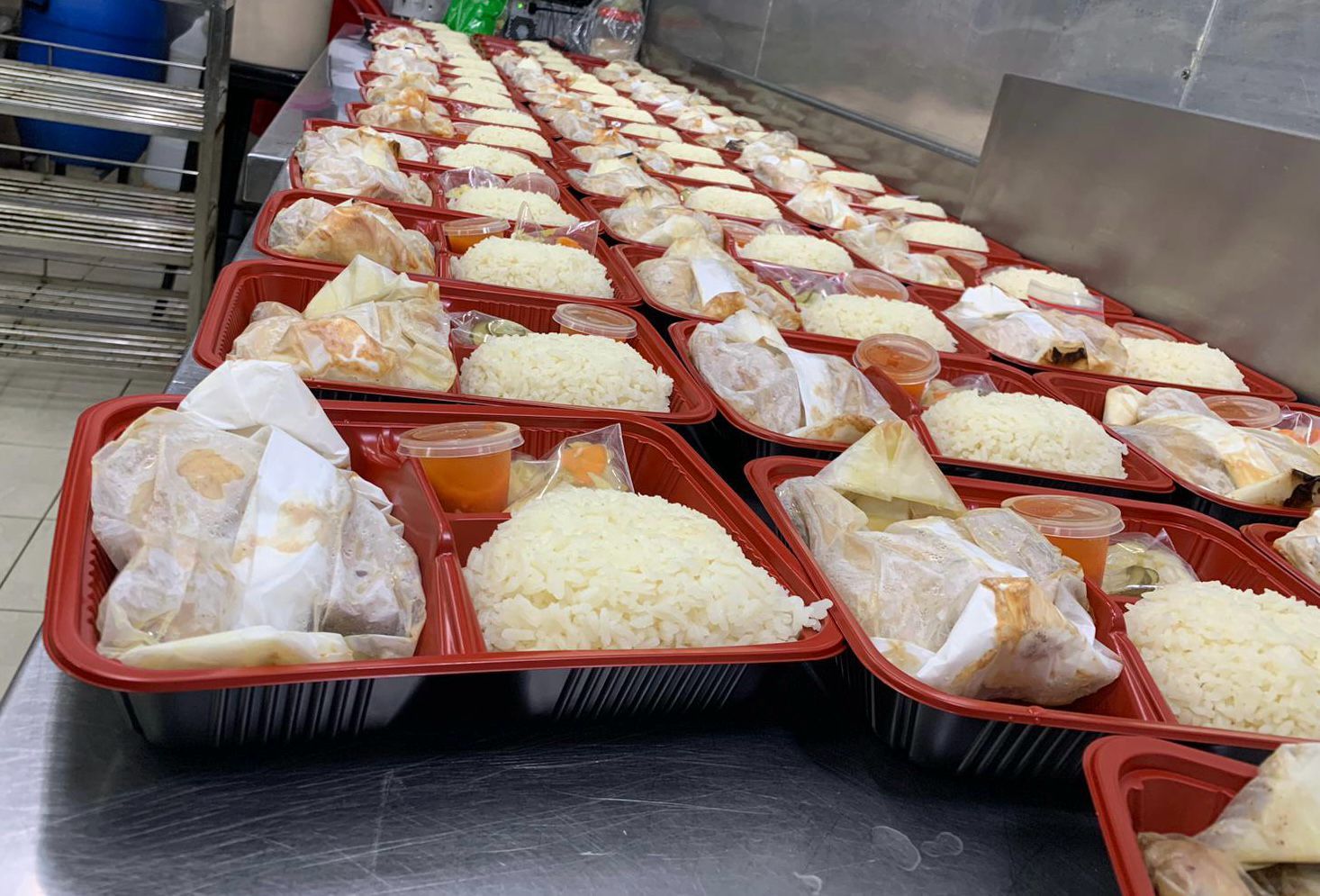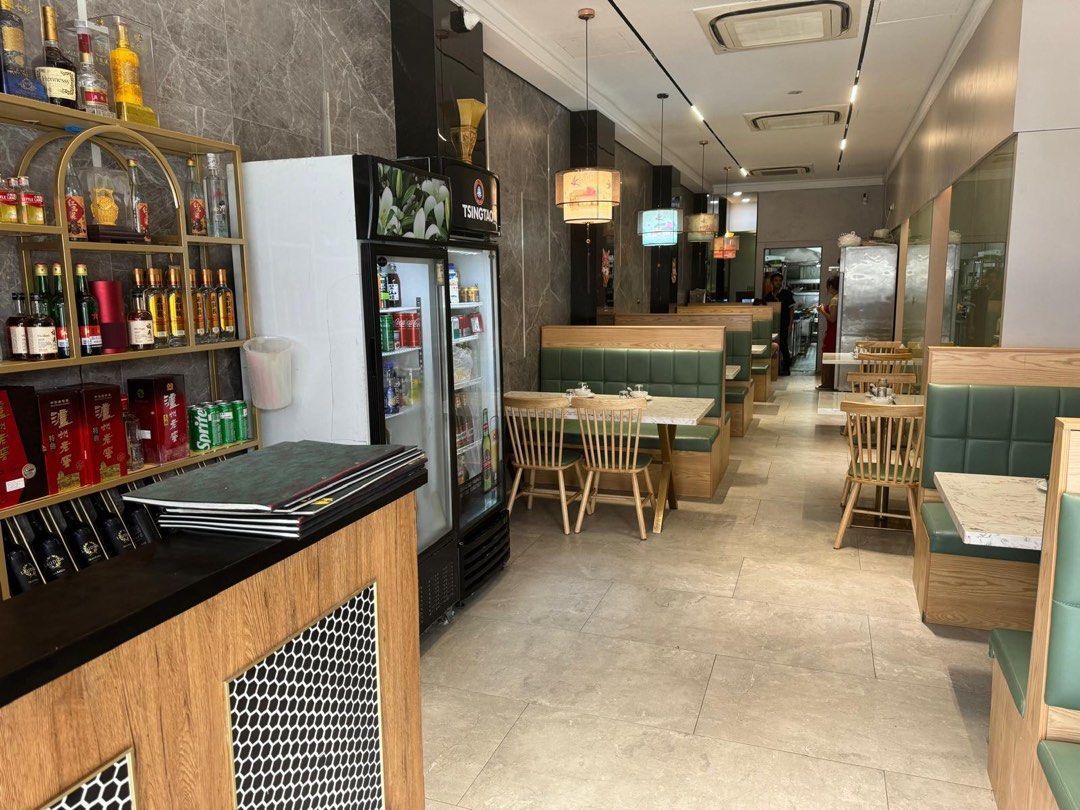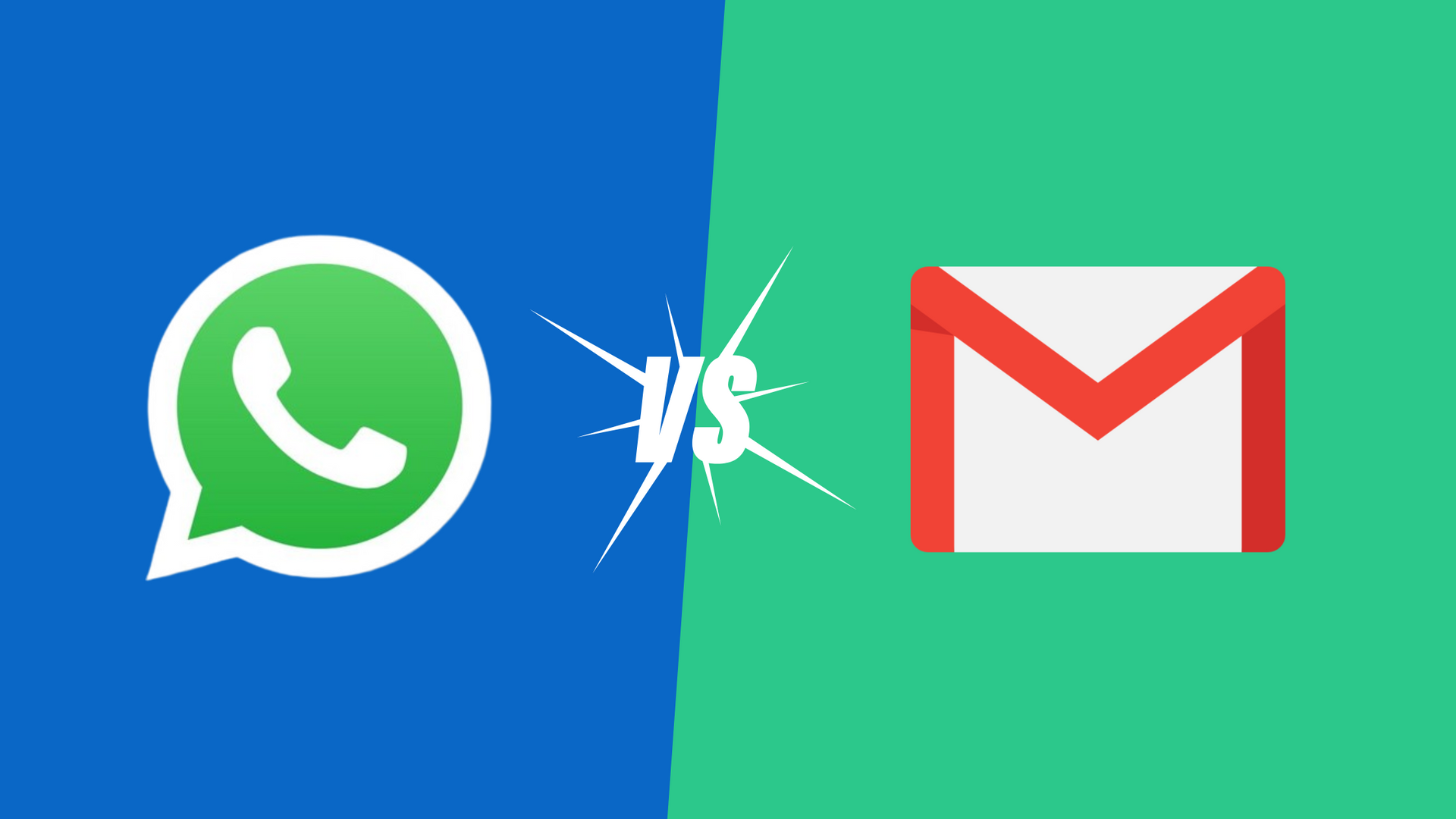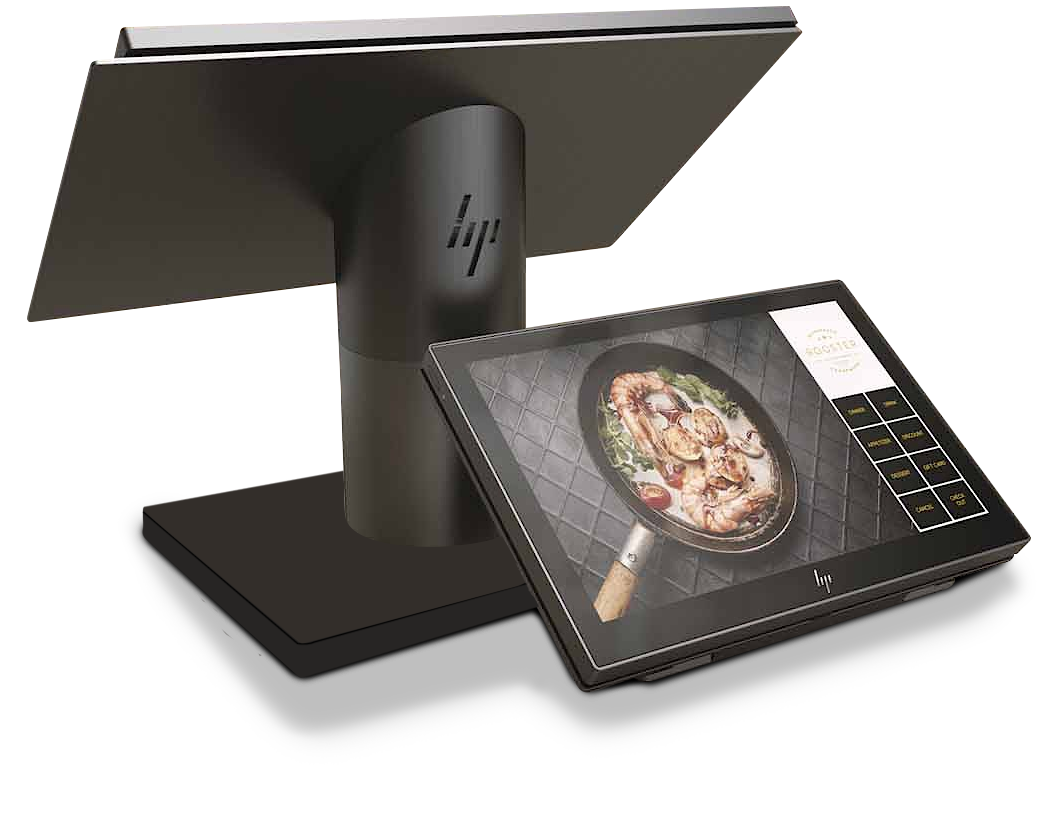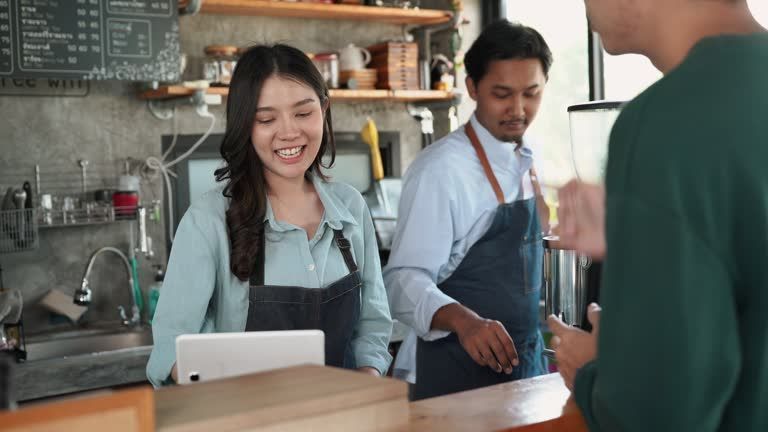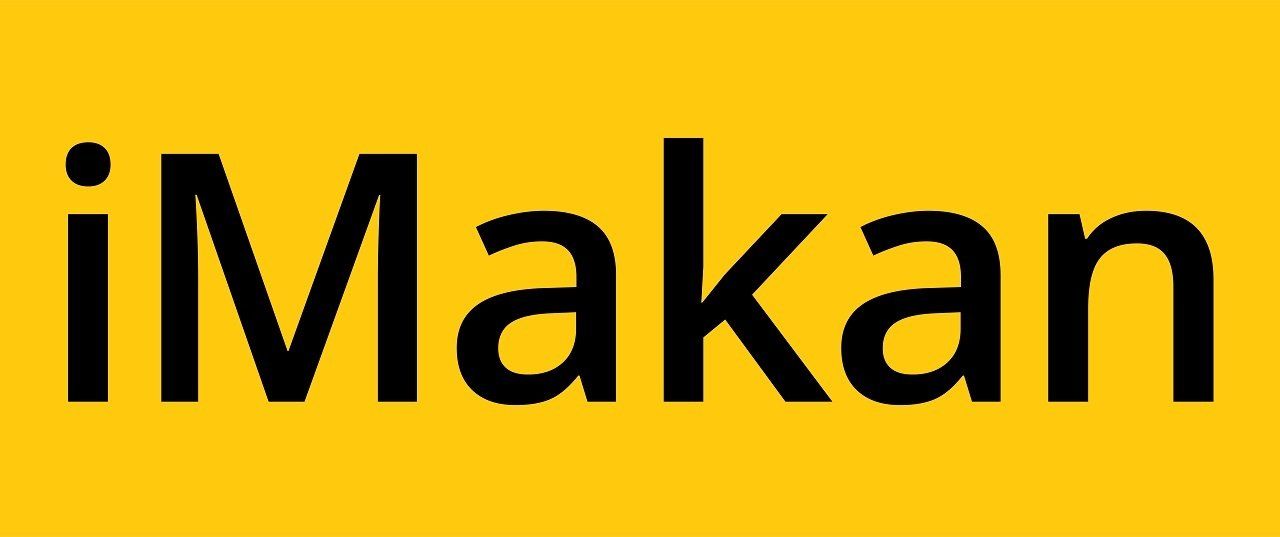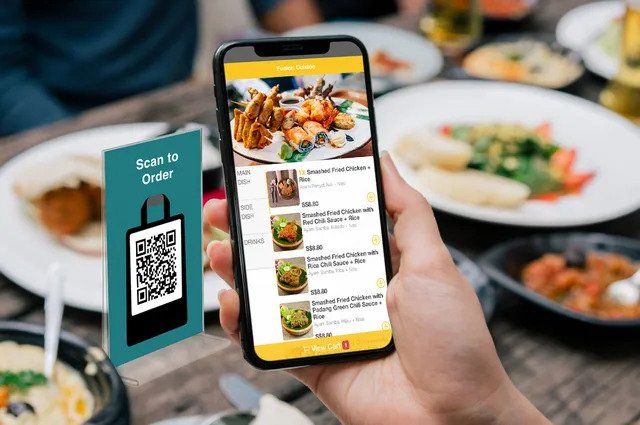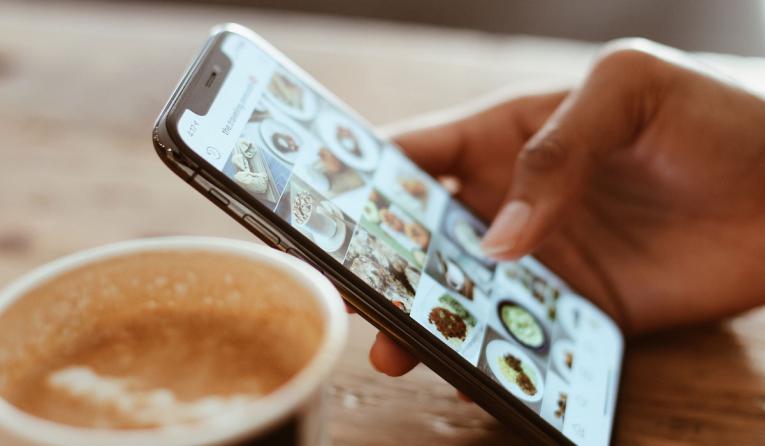
Does your cafe or restaurant offer the option to dine-in and operate on a “pay first dine later” operation model? If so, this article may help you improve your restaurant or cafe’s ordering & operation efficiency, to reduce costs and even generate more revenue.
How does a QR ordering flow work in your restaurant or cafe?
- Customers get seated at any available tables.
- Customers scan a QR code on their tables with their smartphones to browse your digital menu & place an order.
- Customers are presented with 2 options of payment:
- Pay at the counter.
- Online payment through their phones.
- If the customer chooses to pay at the counter, you have 2 options for payment collection:
- Customers join a queue at your cashier to make payment before food is served or collected.
- Your service staff that serves food to customers' tables collects payment from them. Either through cash payment, or through a wireless contactless payment terminal.
What are the benefits of using this ordering process at your cafe or restaurant?
Less contact (staff to customers, customers to customers).
As Covid19 is still a highly contagious virus, using QR ordering allows your customers to order from their tables and prevents overcrowding at your ordering counters. Thus, Safe Management Measures can be properly observed to reduce chances of infection.
On top of that, your staff will not have to take orders from customers, further reducing staff to customer contact, keeping both customers and staff safe.
Less reliance and spending on order taking manpower.
QR ordering systems encourages your customers to self-order as it offers them a convenient way to order without having to head over to the cashier. This helps your restaurant or cafe reduce dependence on order taking staff to drive down labour costs.
Accept more orders during peak hours than before.
Self-ordering solutions like QR ordering systems help you to break the ordering bottleneck that causes long queues at your cashier terminals. They so do by turning your customer’s smartphones into ordering devices, enabling them to send in orders once they are ready instead of having to wait in line.
This allows your restaurant or cafe to accept high volumes of orders from your customers simultaneously, which every F&B owner will know is crucial for capitalizing on daily peak hours to boost your revenue.
Many restaurant owners and operation managers often worry about confusion in back of the house operations which slows down service times during peak hours. Good QR ordering systems come with an easy to manage kitchen management system.
The kitchen management system provides you with a systematic and “at-a-glance” solution allowing your kitchen staff to easily cope with the high order volumes without confusion.
Another recommended alternative would be to integrate your QR ordering system with your POS system, allowing you to use your Kitchen Display Solution or kitchen printers to manage your orders.
Increase average bill sizes.
How does QR ordering help to increase your average bill sizes? Here is how.
- Through appetizing pictures and descriptions of your dishes, your customers are able to visualize your menu, which encourages them to order more or try something extra.
- QR ordering systems allows you to preset add on suggestions to upsell to your customers as they are placing their orders. For example asking your customers if they would like to make it a meal for better value, or suggesting some popular add on dishes, encourages your customers to spend more, thus increasing your bill size.
- You may also include a promotional banner that pops up when your cafe or restaurant customers scan the ordering QR code. It could include your latest promotions, newest dishes that might interest your customers.
A seamless experience for your customers.
QR ordering not only benefits your restaurant or cafe operations but also your customers.
Through QR ordering systems, your customers can enjoy a seamless experience at your cafe or restaurant once they grabbed a table. Your customers no longer have to wait for their orders to be taken by a service staff or join the queue at the cashier to take orders.
This means that they are able to place orders once they are ready, and order add ons while having their meals by simply scanning an ordering QR code with their smartphones.
The order handling accuracy of QR ordering systems also ensures that miscommunication during order taking never occurs, ensuring that your customers are treated to good food and a pleasant time at your cafe or restaurant. This makes them more likely to return and recommend your cafe or restaurant.
Interested in knowing more about a QR ordering system for your restaurant or cafe?
Simply drop your contact details below and iMakan will be happy to arrange a free demo with you.
